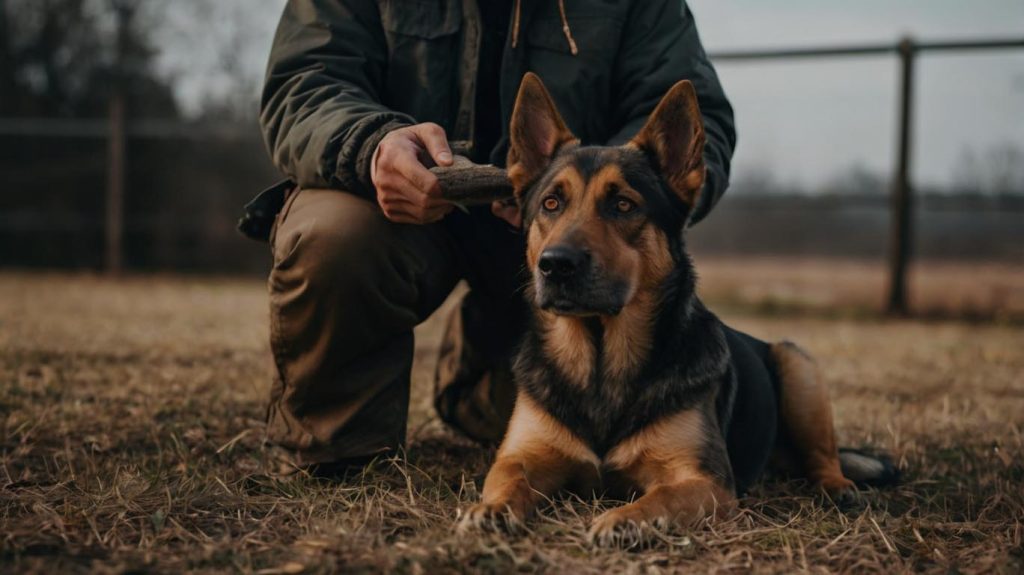The Power of Sit Training: A Must-Know for Every Dog Owner
Sit training is more than just a basic command; it’s a foundational skill that improves obedience, discipline, and communication between you and your dog. Teaching a dog to sit on command is often the first step toward a well-mannered pet, making daily interactions smoother and more enjoyable.
Why Sit Training Is Essential for Your Dog
Sit training sets the stage for more advanced obedience training. Dogs that master this command tend to be more responsive to additional training cues such as stay, down, and heel. Furthermore, it prevents behavioral issues, helping dogs remain calm in various situations.

The Science Behind Sit Training
Dogs learn through repetition and association. When a dog consistently hears a command, sees a cue, and receives a reward, they form a habit. Positive reinforcement is the most effective approach, reinforcing the behavior with treats, praise, or play.
10 Best Sit Training Techniques for Dogs
1. The Classic Lure-and-Reward Method
One of the easiest ways to teach sit training is by using a treat as a lure. Hold a treat close to your dog’s nose and slowly move it back over their head. As they naturally lower their hindquarters, say “sit” and reward them with the treat and praise.
2. Clicker Training for Sit Command
Clicker training is highly effective in reinforcing sit training. Click the device when your dog sits, immediately followed by a treat. This creates a clear association between the action and the reward.
3. Hand Signal Training for Sit Command
Dogs are excellent at reading body language. Instead of relying on verbal commands alone, introduce a hand signal, such as raising your palm, when saying “sit.” Over time, your dog will respond to the gesture even without verbal prompts.
4. Leash-Assisted Sit Training
For dogs that are highly energetic, using a leash can help reinforce sit training. Apply gentle pressure on the leash while guiding the dog into a sitting position. Reward them once they comply.
5. The “Capturing” Method for Natural Sits
Some dogs naturally sit when waiting for food or attention. When your dog sits voluntarily, say “sit,” reward them, and repeat this process until they associate the word with the action.
6. Sit Training with Verbal Praise Alone
Not every dog responds to treats, so verbal praise can be an effective alternative. Use an enthusiastic tone and say “good sit” whenever your dog sits, reinforcing the behavior through positive association.
7. Practicing Sit Training in Different Environments
Dogs need to learn to sit in various settings to ensure consistency. Practice sit training indoors, outdoors, and in public spaces to reinforce the command in any situation.
8. Increasing Sit Duration with Stay Command
Once your dog masters sitting, extend the duration by adding the “stay” command. Gradually increase the time before giving a reward to build patience and discipline.
9. Addressing Common Sit Training Challenges
If your dog struggles with sit training, consider these solutions:
- Too distracted? Train in a quiet area before progressing to busier environments.
- Refuses to sit? Ensure treats are enticing enough to motivate them.
- Loses interest? Keep sessions short and engaging.
10. Maintaining Consistency in Sit Training
Reinforcement is key. Practicing the sit command daily and rewarding success will help your dog retain the behavior long-term. Ensure all family members use the same command and cues for consistency.

The Role of Sit Training in Overall Obedience
Sit training builds a strong foundation for obedience and enhances communication between dogs and their owners. It teaches patience, impulse control, and responsiveness, making everyday interactions more manageable.
FAQs on Sit Training
How long does it take to train a dog to sit?
Most dogs learn the sit command within a few days with consistent practice, but mastering it in different environments may take a few weeks.
What should I do if my dog refuses to sit?
Use a higher-value reward, practice in a distraction-free environment, and try using a leash to guide them into position.
Can older dogs learn sit training?
Yes! Older dogs can learn sit training, though they may require more patience and repetition.
Should I train my dog to sit before other commands?
Yes, sit training is a foundational command that helps dogs learn discipline and focus, making it easier to teach additional commands.
What is the best age to start sit training?
Puppies as young as 8 weeks old can start learning sit training with gentle guidance and positive reinforcement.
Final Thoughts on Sit Training
Sit training is one of the most valuable skills a dog can learn. Whether you’re training a puppy or an older dog, using consistent, positive reinforcement will ensure success. Make training sessions enjoyable, and soon your dog will sit reliably on command.

